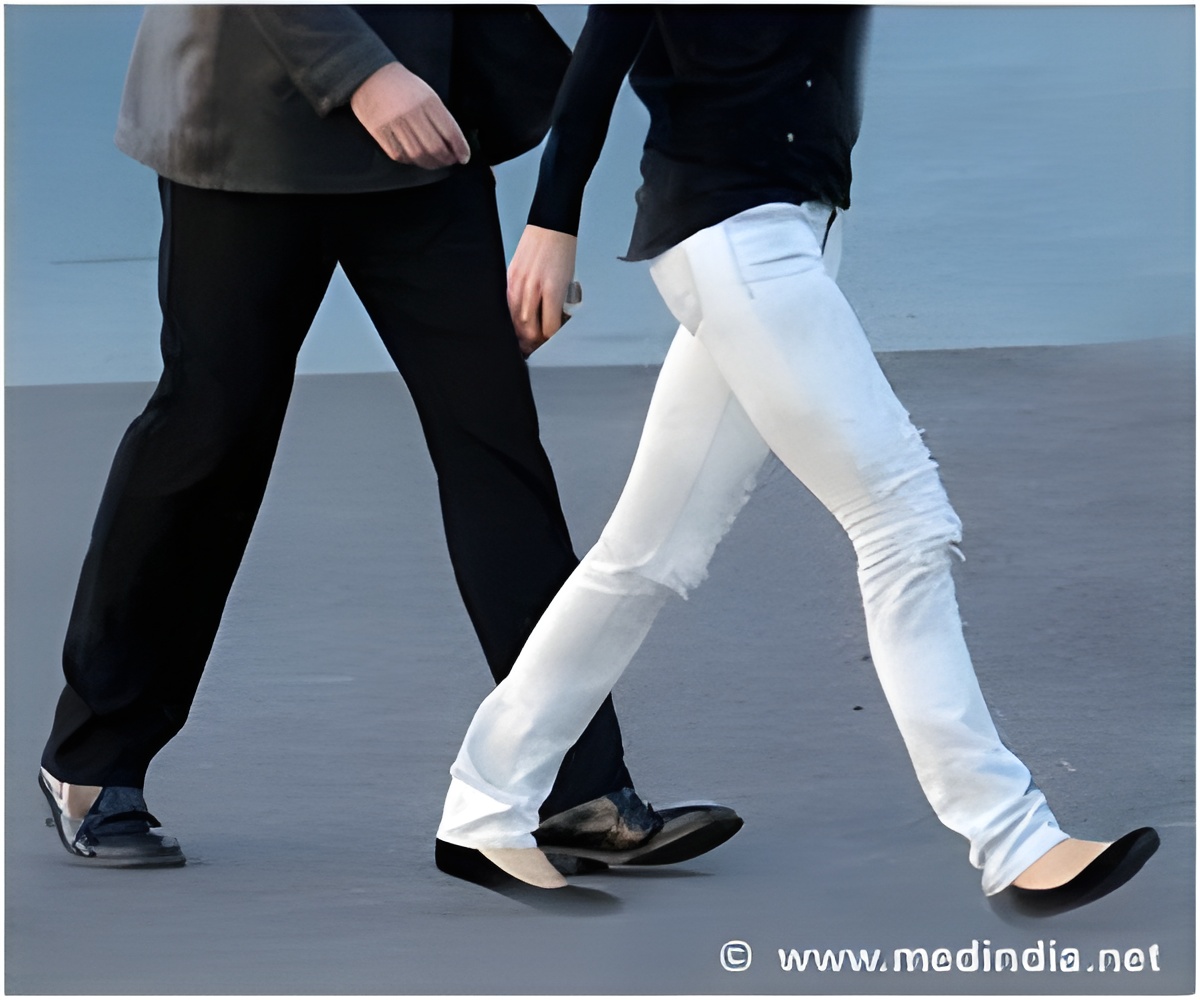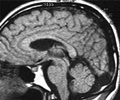
The biological accuracy of this robot has allowed the researchers to investigate the processes underlying walking in humans and may bolster theories of how babies learn to walk, as well as helping to understand how spinal-cord-injury patients can recover the ability to walk.
A key component of the human walking system is the central pattern generator (CPG).
The CPG is a neural network in the lumbar region of the spinal cord that generates rhythmic muscle signals. The CPG produces, and then controls, these signals by gathering information from different parts of the body that are responding to the environment. This is what allows people to walk without needing to think about it.
The simplest form of a CPG is a half-centre, which consists of just two neurons that fire signals alternatively, producing a rhythm. The robot contains an artificial half-centre as well as sensors that deliver information back to the half-centre, including load sensors that sense force in the limb when the leg is pressed against a stepping surface.
"Interestingly, we were able to produce a walking gait, without balance, which mimicked human walking with only a simple half-centre controlling the hips and a set of reflex responses controlling the lower limb," Co-author of the study, Dr Theresa Klein, said.
Advertisement
This could explain why babies have been seen to exhibit a simple walking pattern when placed on a treadmill even before they have learnt to walk - a simple half-centre is already in place.
Advertisement
The study has been presented in IOP Publishing's Journal of Neural Engineering.
Source-ANI










